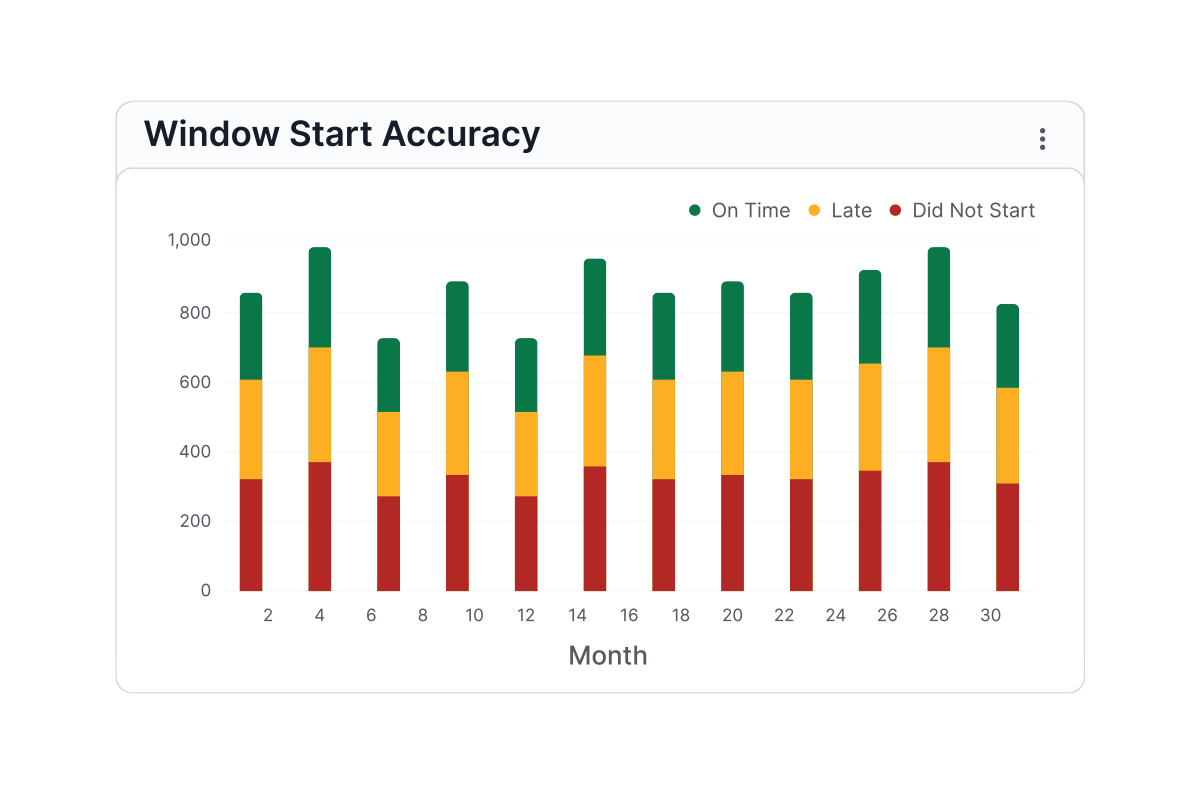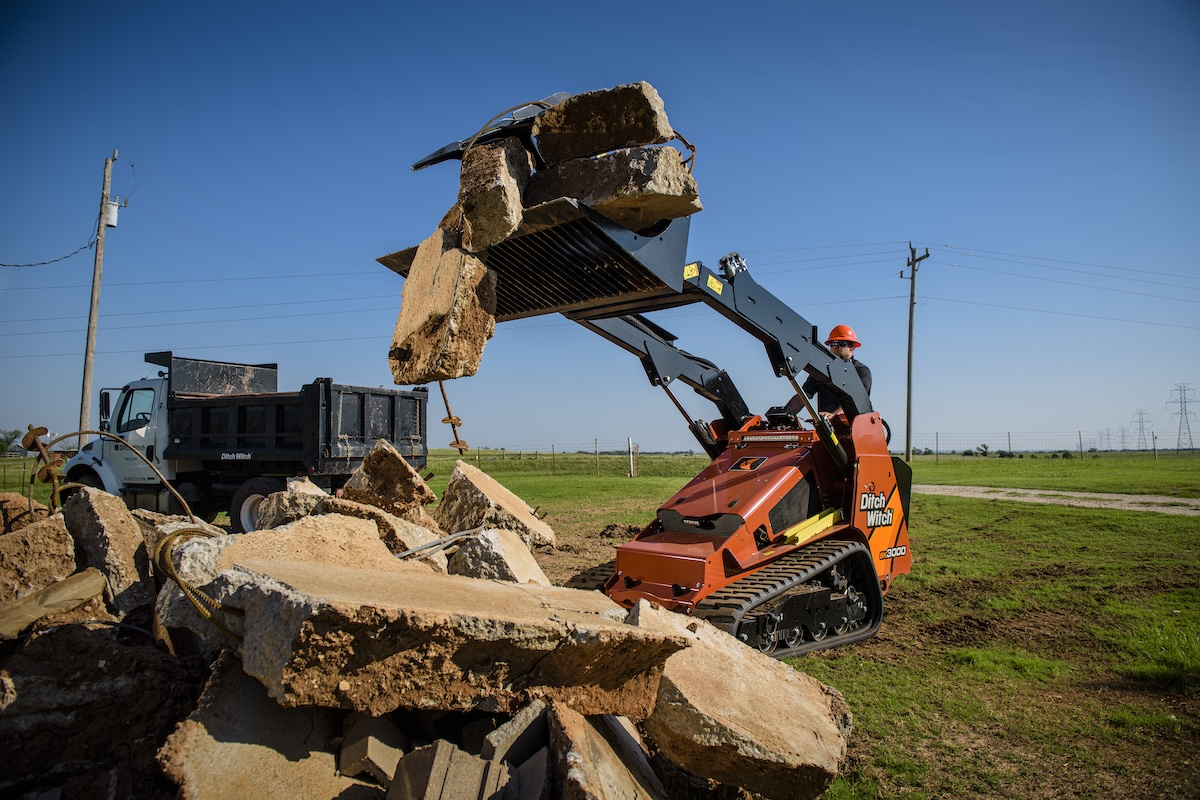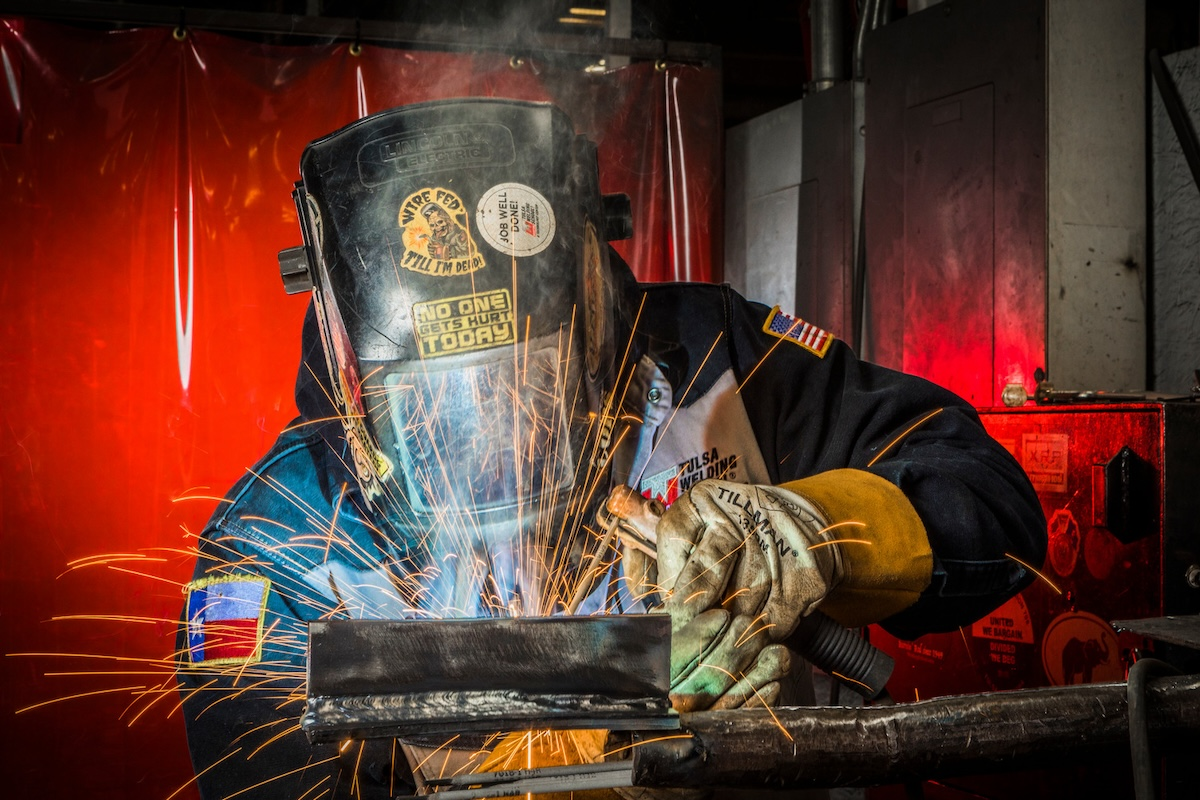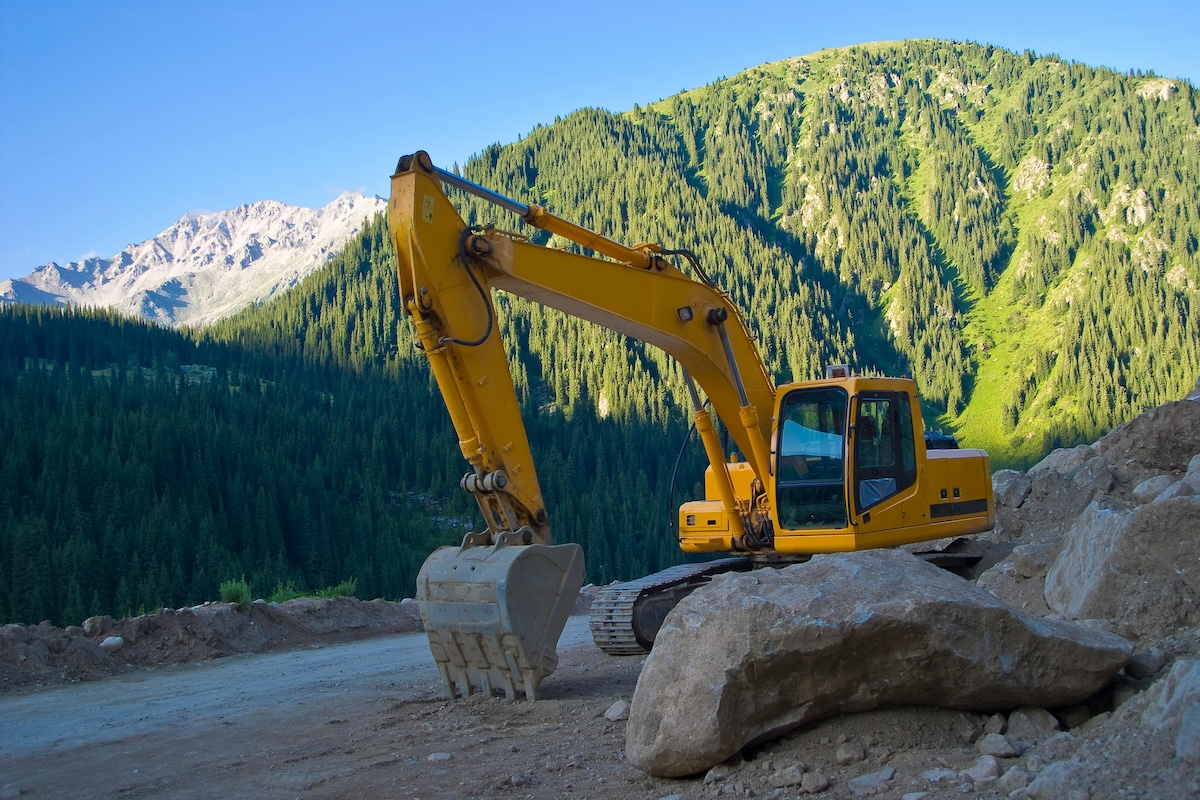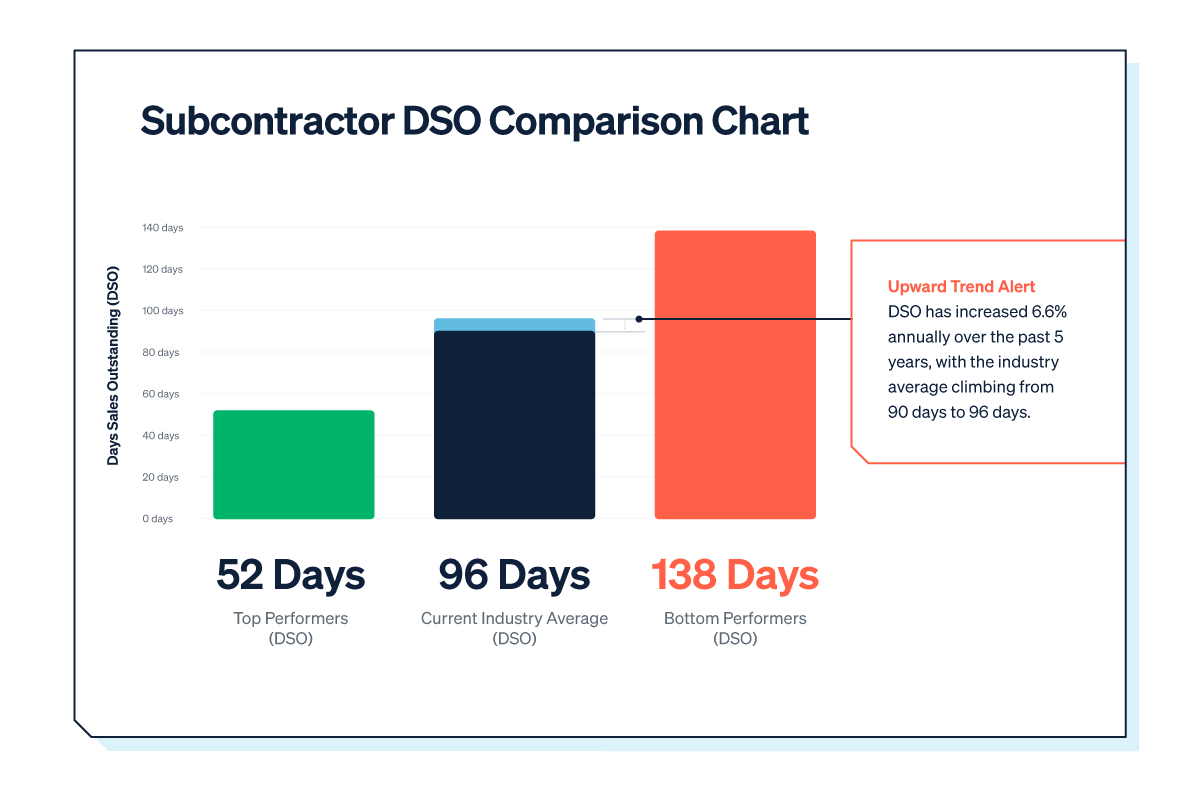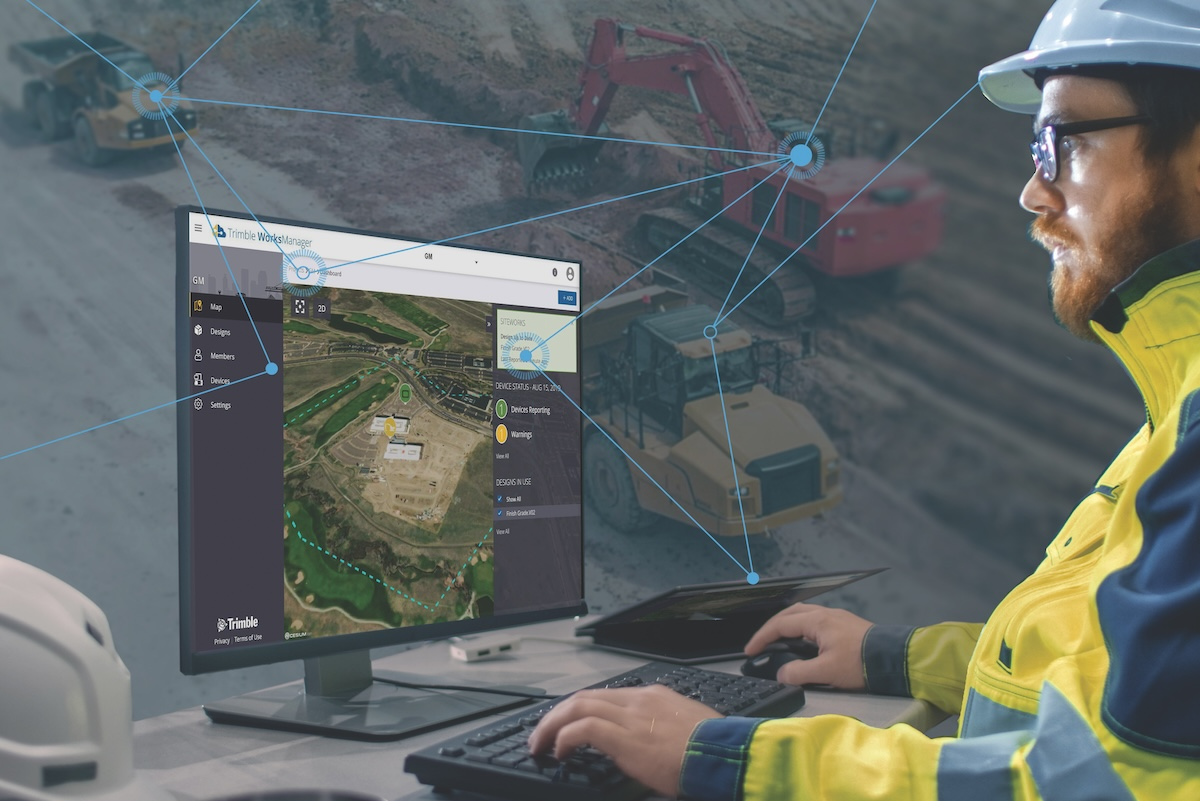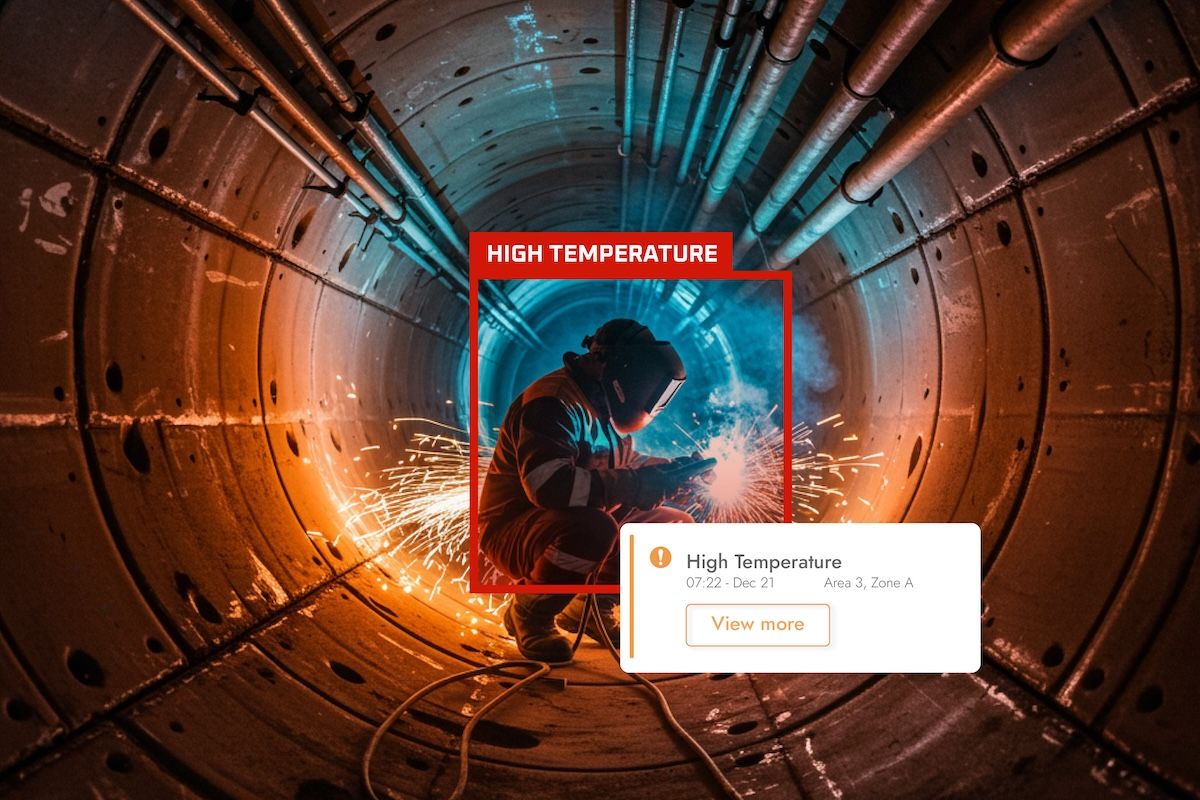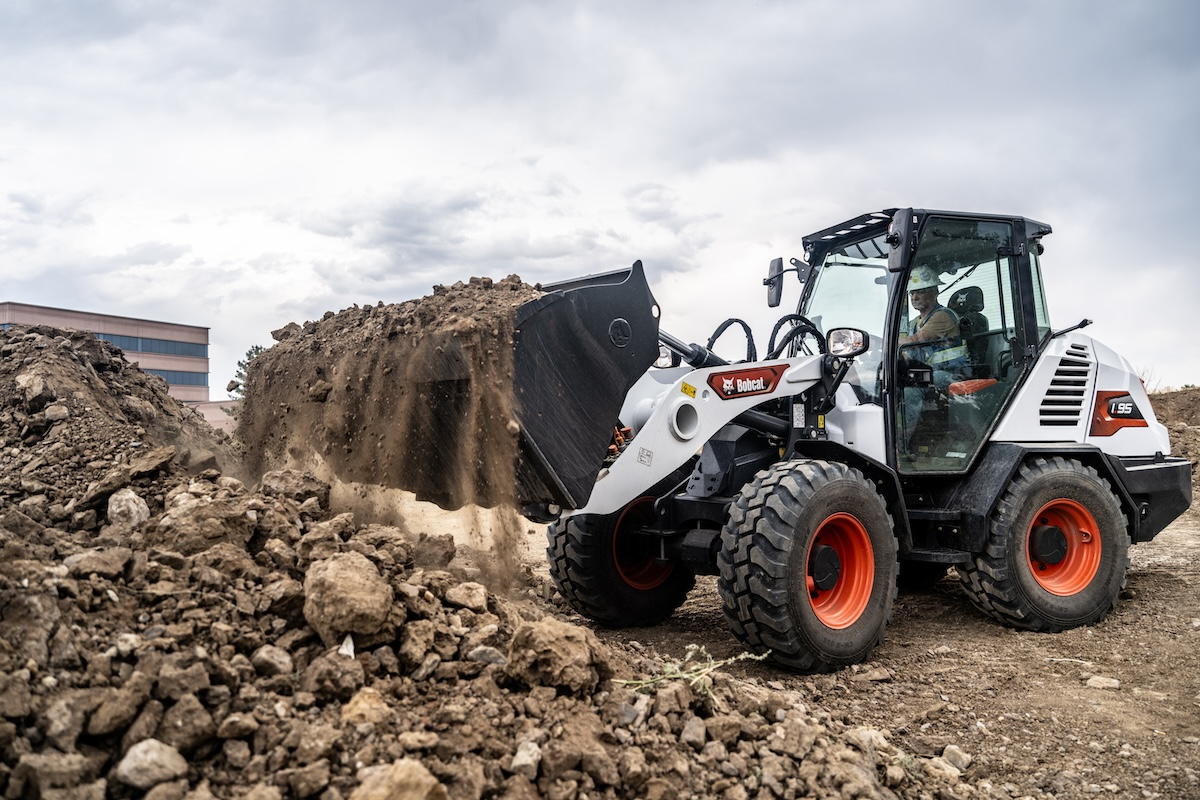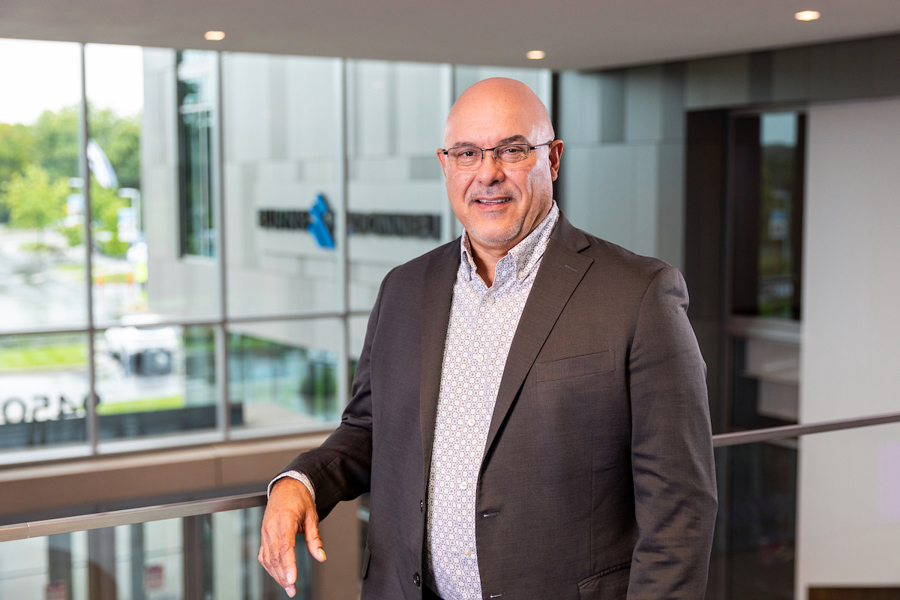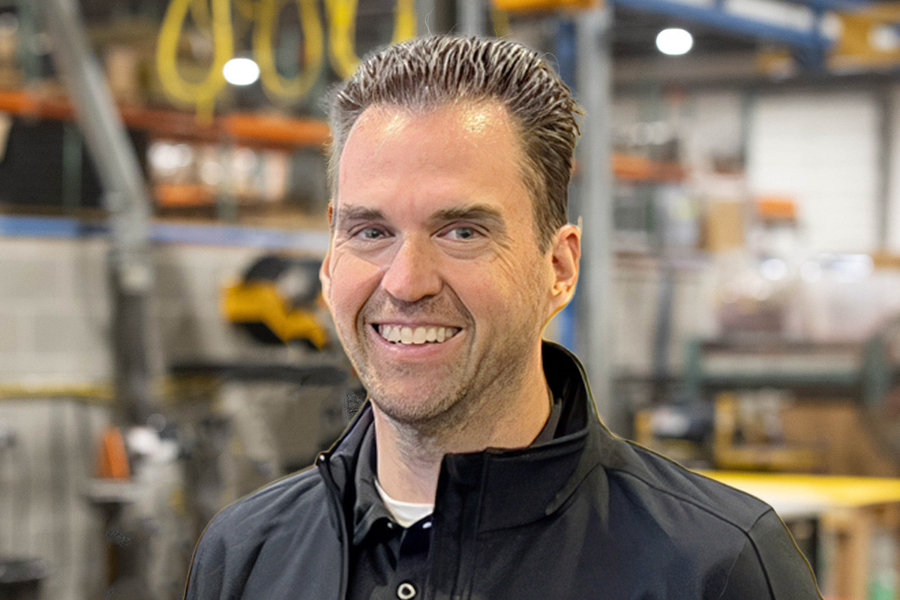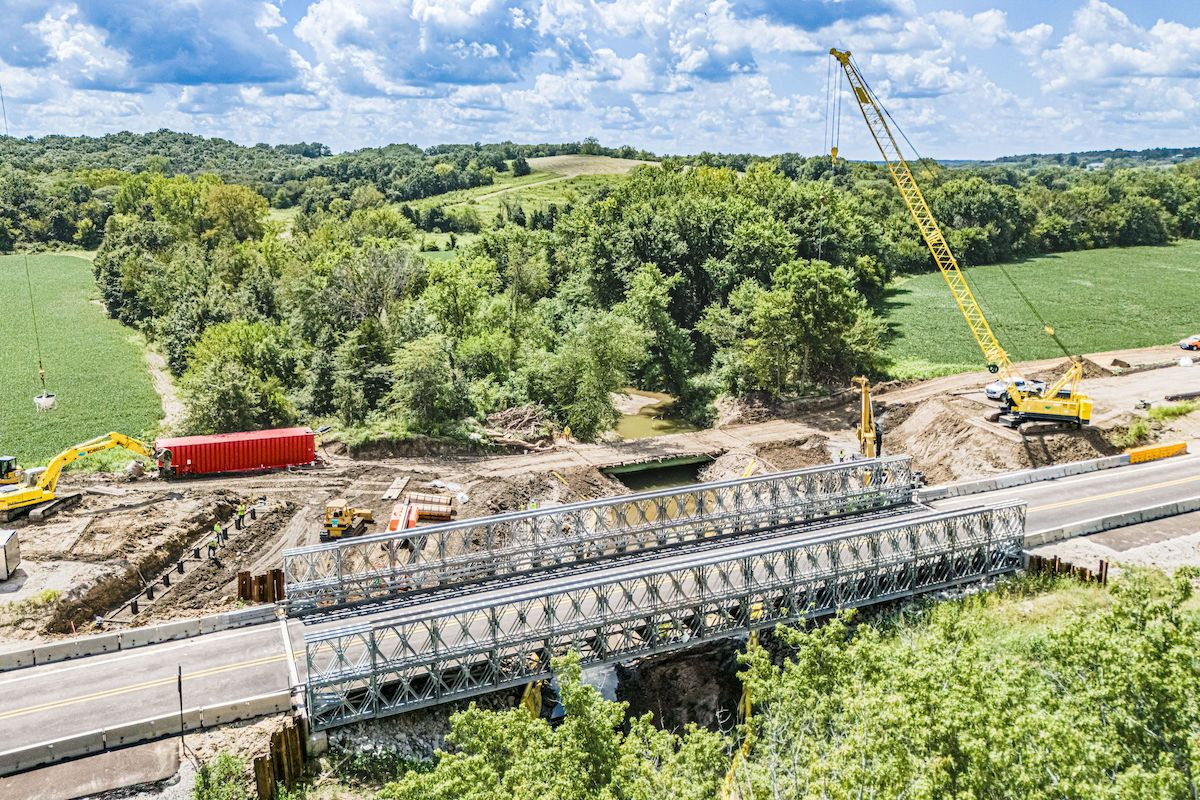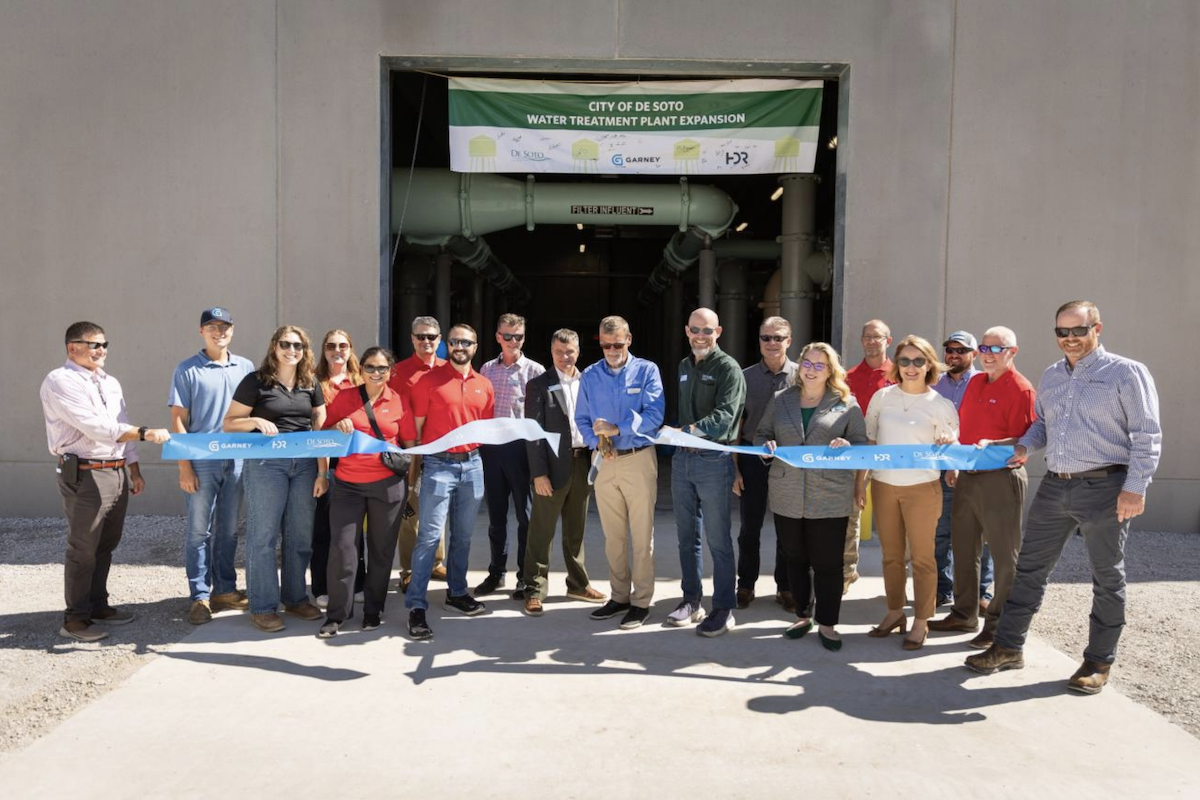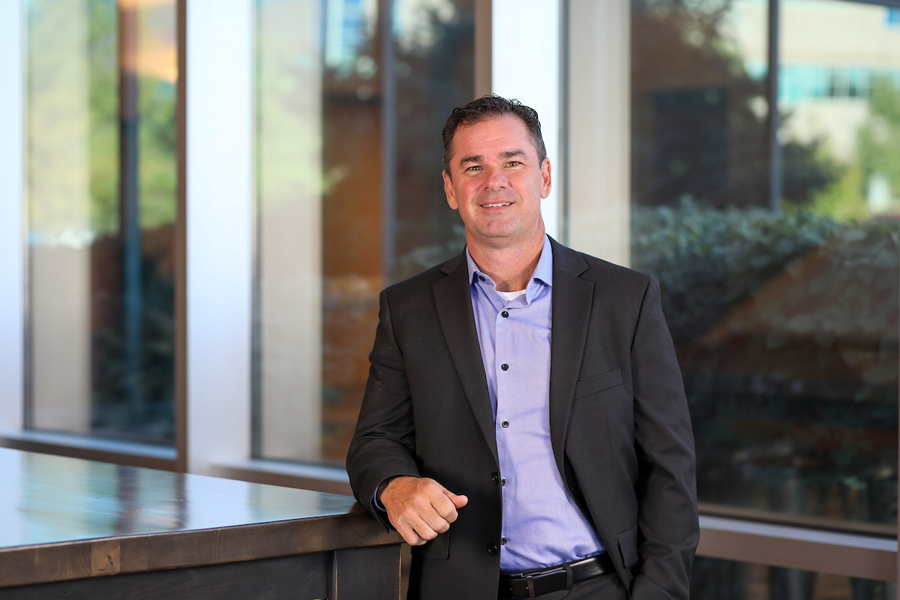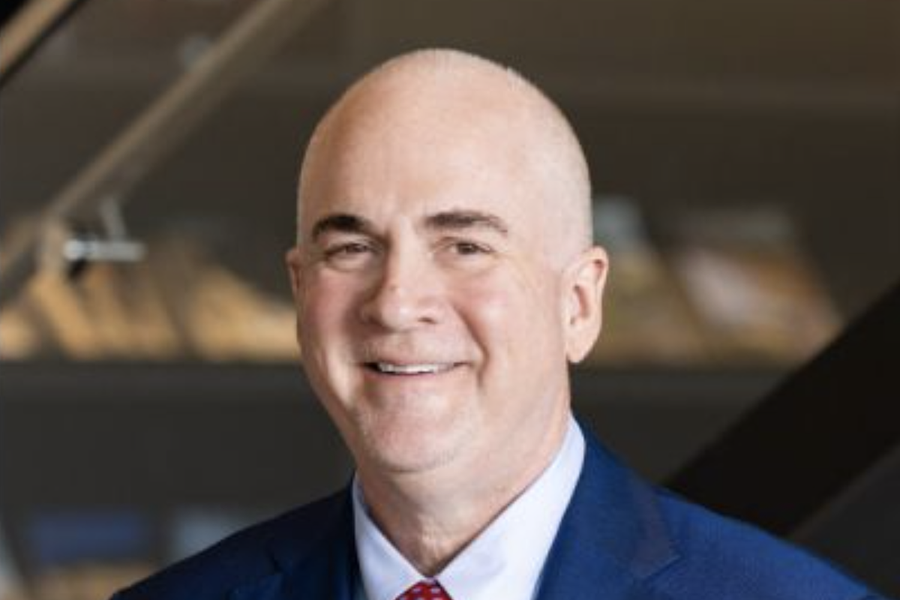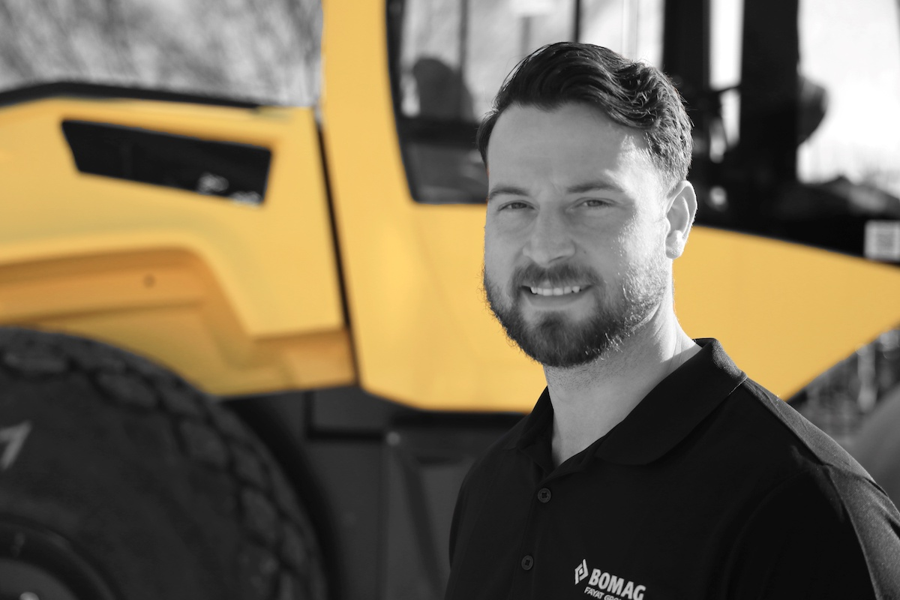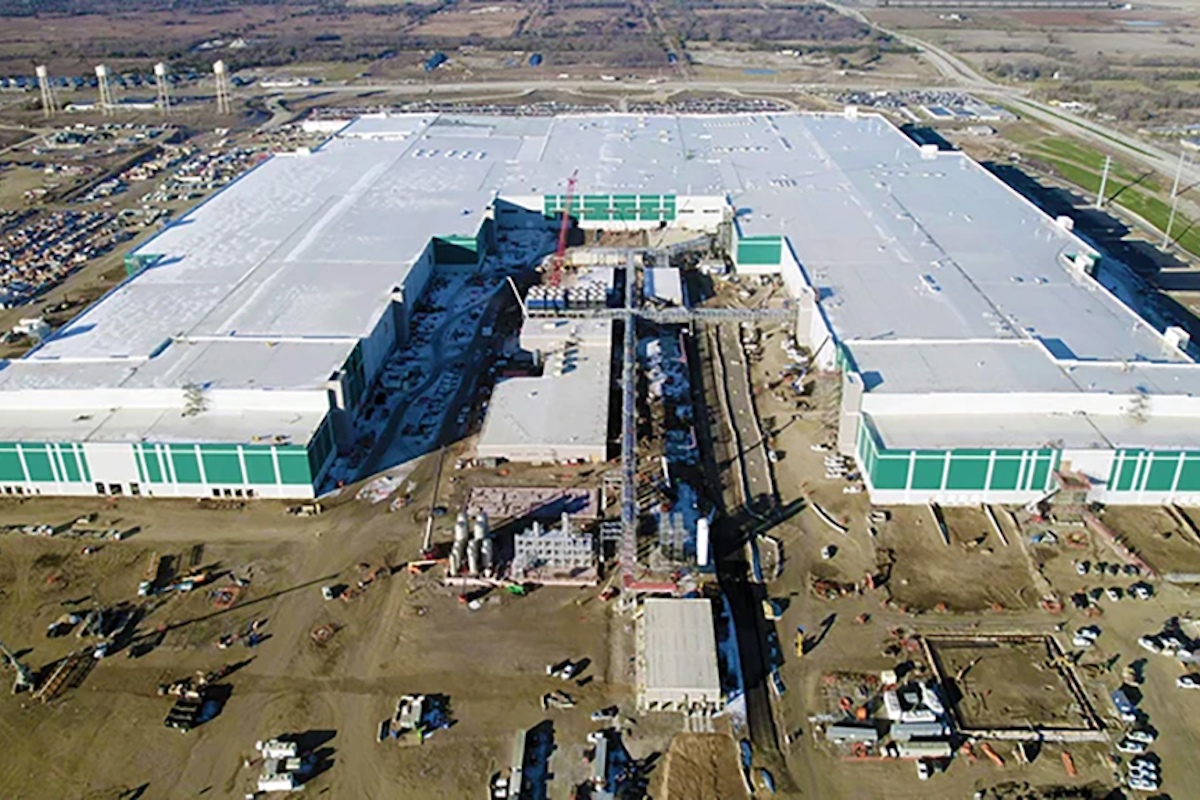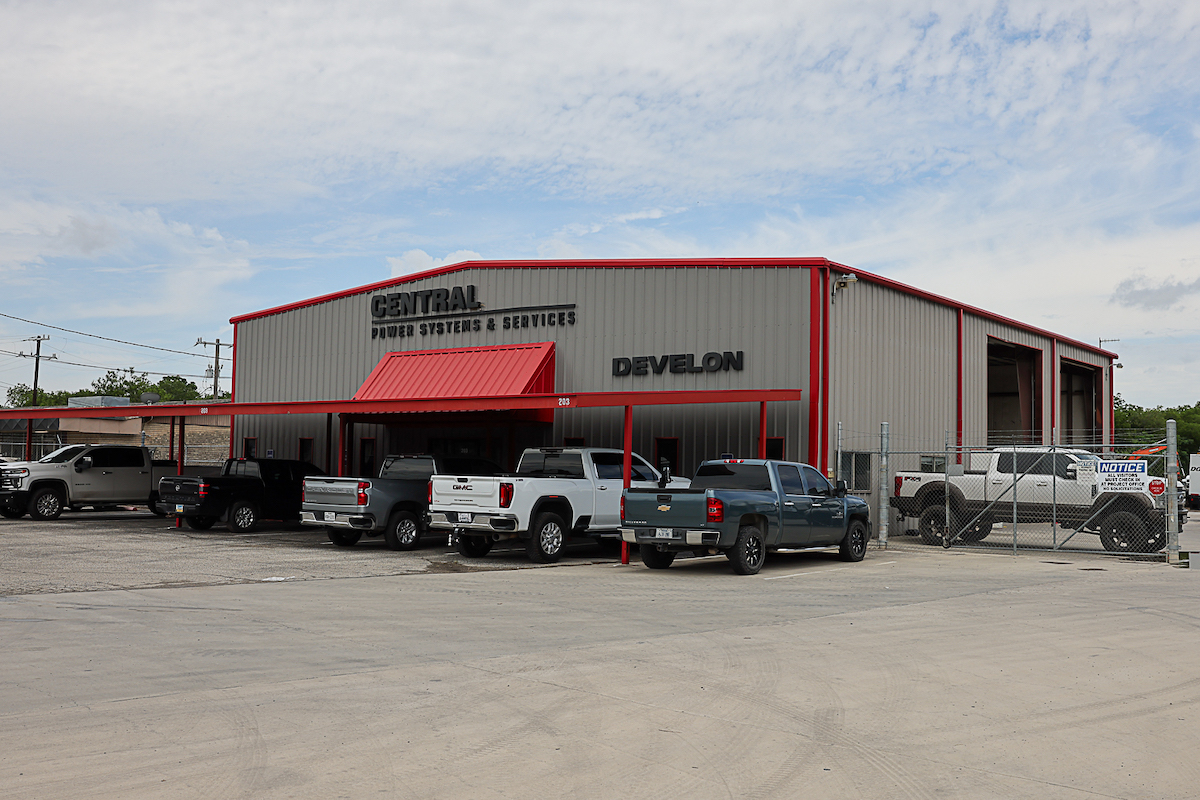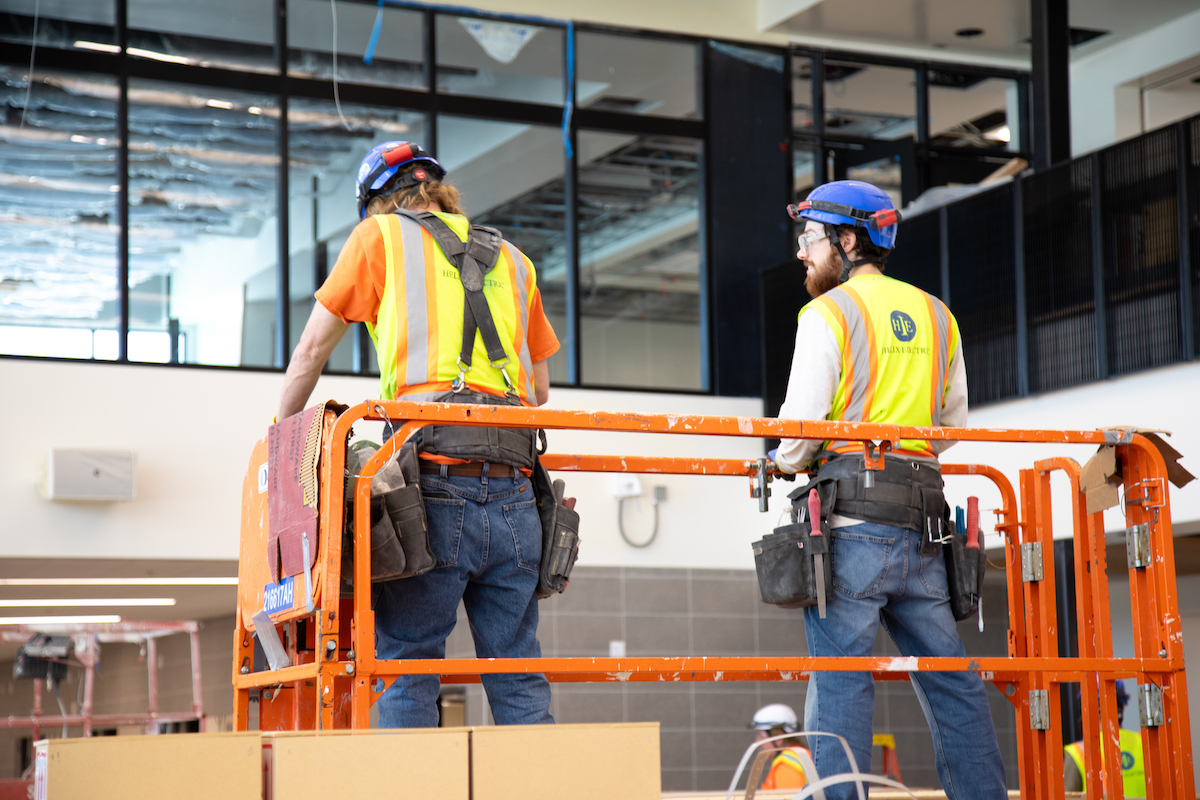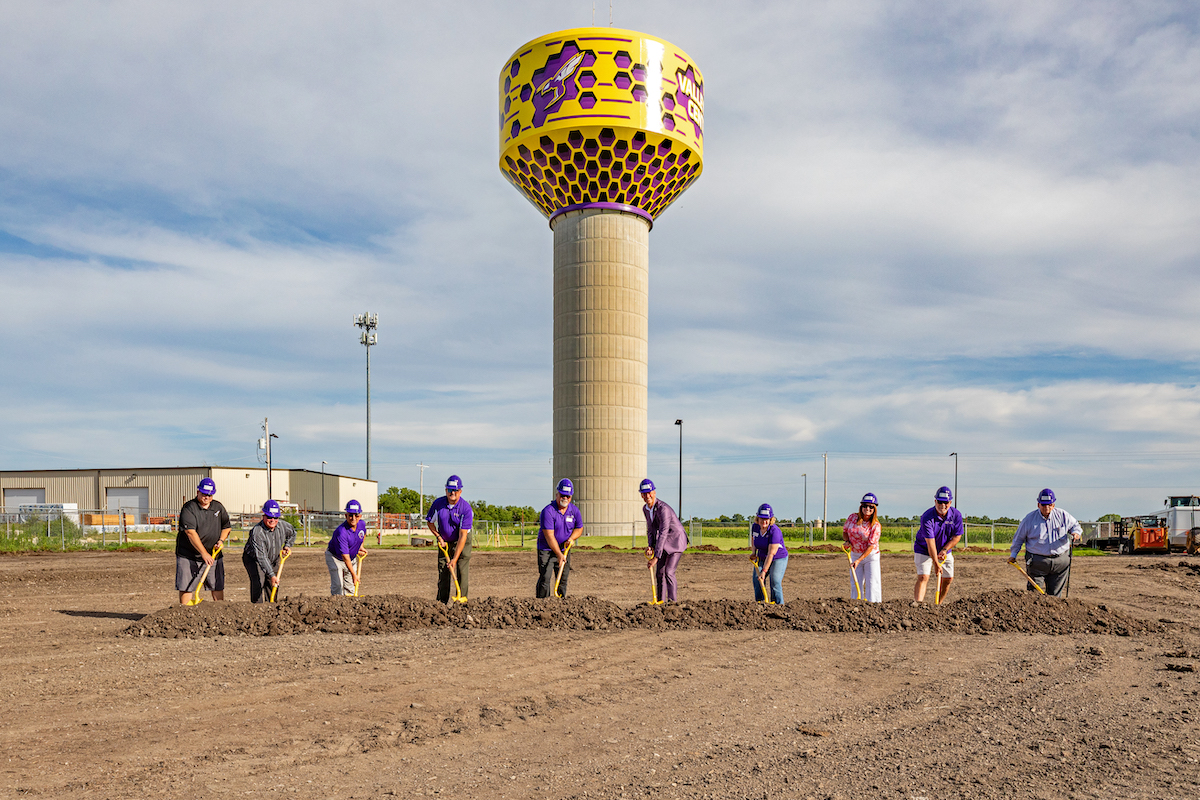For that reason, producers need to put a large focus on proper screen media maintenance, including selection, installation, preventative maintenance and storage. Best practices result in fewer changeouts, less unplanned downtime, higher quality product and a more efficient operation.
Work with a screen media manufacturer to figure out what media is the best fit for each area of the screen deck. In some cases, a heavy-duty option may be necessary to take the punch at the feed end, followed by something durable but with more open area.
However, in many applications, high-vibration wire screens are suitable for the entire deck. A producer could choose higher gauge or double wire screens for high tonnages at the feed end and increase open area for the rest of the deck to boost stratification. Sometimes referred to as self-cleaning screen media, this media can be especially beneficial in an application with a lot of fines and clay deposits or where an operation has had difficulty with contaminated piles caused by too much organic material. The high-vibration qualities also tend to go far in solving issues with blinding and pegging.
While specifics vary depending on the type of media, there are a few overall best practices for screen media installation. To start, clean and check the condition of components that touch the screen, make sure that the screen panel matches what was ordered, and install the screen based on instructions from the manufacturer for that particular type.

| Your local Takeuchi Mfg Ltd dealer |
|---|
| Kirby-Smith Machinery |
| Star Equipment LTD |
During installation, make sure each support bar touches the screen and that the tension matches manufacturer recommendations. Some manufacturers include a “do’s and don’ts” sheet with screen media to make the process easier. Also, crews should make sure they are following safety procedures, including having more than one person working on the installation and using the lock out procedure to prevent the equipment from being turned on while personnel are working on it. Certain types of screen media are safer to install than others, including shrouds of metal to cover the sharp hooks, no sharp edges and a lighter weight than standard woven wire.
Consider looking into screen media installation and maintenance training seminars to prolong screen life. Manufacturers often offer the service either through site visits or via a nearby dealer. The benefit will be a crew with shared knowledge of proper installation that could be worth thousands in unexpected downtime prevention.
While checking tension, also look at the clamp bars themselves. Check for wear, corrosion or cracks, and examine the rail for straightness, which is necessary for even tension. Examine all nuts and bolts and replace any that are worn, stripped, or corroded. Shaker bolt threads with excess build-up can be cleaned by running them across a wire wheel. Also, replace clamp bars that are thin or caving in to greatly improve screen media wear life and be sure to choose OEM versions for proper operation.
Screen box diagnostics systems can help prolong media life and improve screening by checking and monitoring a machine’s health. Use a vibration analysis system to inspect the machine for balance and excessive vibration, which can lead to screen media failure or unintended machine wear. Vibration analysis systems are becoming easier to use. Some of the newest include only a single sensor, no wires and work quickly with a smartphone.
When it’s time to remove and replace the screen media, pull off the bar rail or crown liners and inspect the steel bar rails for wear or warping. Best practice is to replace the bar rail liners during each change-out for longer screen media life.

| Your local Link Belt dealer |
|---|
| Kirby-Smith Machinery |






